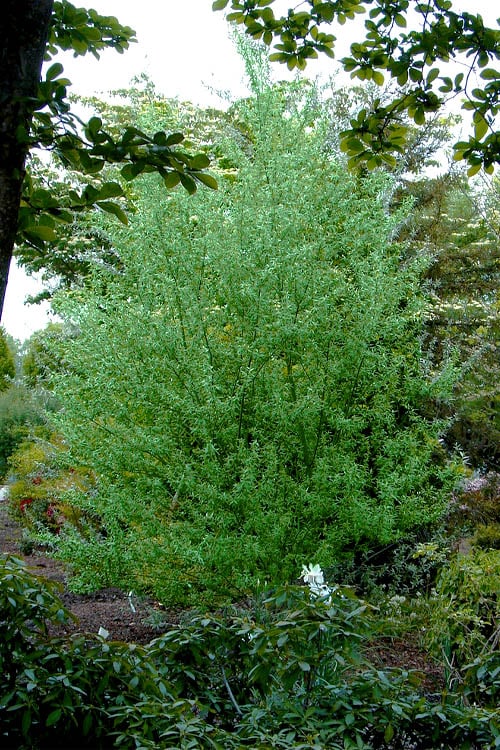Silky Willow Trees - Salix sericea
The silky willow trees makes a perfect addition to a wet area that needs some greenery in zones 4-8. Its thin and purplish twigs create a beautiful color that stands out prominent in the fall. This plant requires a lot of water, so it's best to place it near a water feature that will provide the water it needs. This shrub does excellent in the shade, full sun, or in an area that experiences both.
Buy Silky Willow Trees Online
The preferred soil would be acid, average, loam, clay, or sand that stays wet and moist. Its average height at total growth can be expected to land between 6 feet to 12 feet. In May, you can expect to see yellow-green blooms start popping out. This plant gets the name "silky willow" because of the hairy but silky underside of the leaves. The flowers that bloom on this plant are beautiful to bees and beloved for the nectar they provide. This plant naturalizes and creates colonies through dropped seeds very quickly.
They will spread and grow in numbers if not observed over the years. One of the reasons they are so incredibly popular with plant owners is because they require very little assistance as long as they are near a source of water. They live freely with very little support or care required. They brighten your yards in the spring when their flowers bloom and fall when the color of the bark shines with a unique shade of purple. You can plan that the silky willow trees will grow to its tallest height in twenty years. This plant can also be expected to survive many different weather conditions if it has a consistent water source. You won't worry about its survival during the winter and summer, so long as the water is always near.



















































